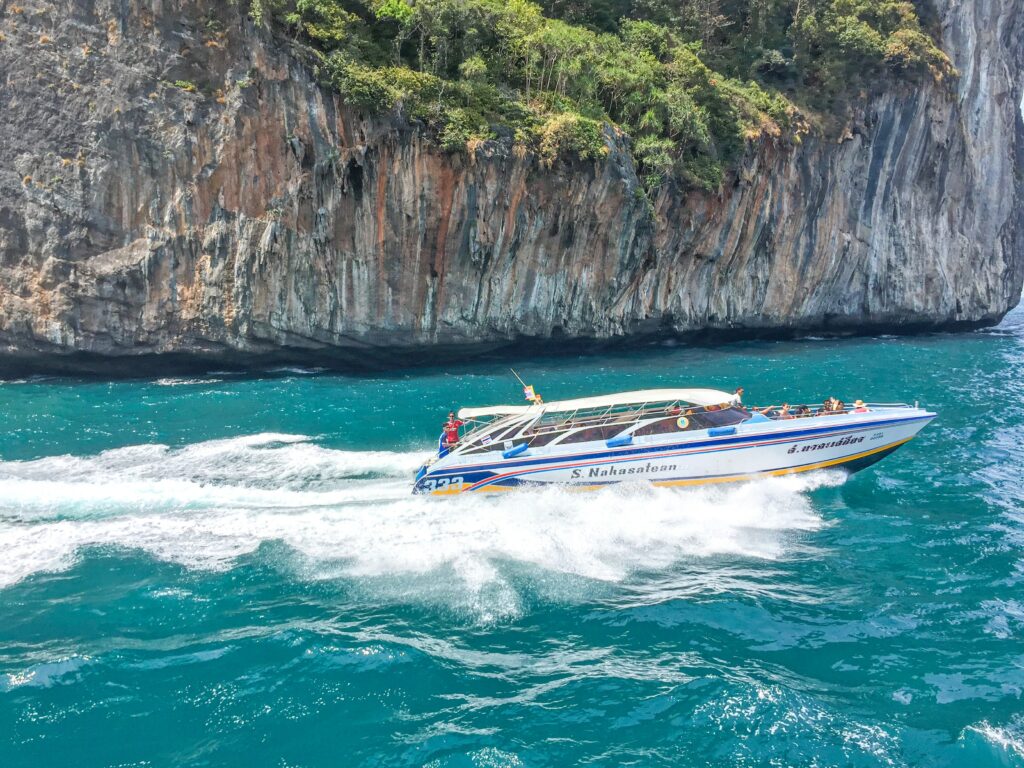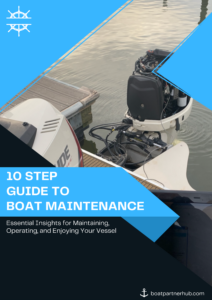Blog
How to Handle Rough Waters: Navigating with Confidence in Challenging Conditions

How to Handle Rough Waters: Navigating with Confidence in Challenging Conditions – Expert Tips for Safely Tackling Rough Seas
Encountering rough waters while boating can be a daunting experience, even for seasoned boaters. Strong winds, large waves, and unpredictable currents can make navigation challenging and potentially hazardous. However, with the right knowledge and skills, you can confidently navigate rough waters and ensure the safety of everyone on board. This comprehensive guide will equip you with essential tips and techniques to handle rough waters and make your boating experience safer and more enjoyable.
1. Stay Informed
a. Check Weather Conditions: Before heading out on the water, always check the weather forecast for your boating area. Pay attention to wind speeds, wave heights, and any advisories or warnings issued by local authorities.
b. Monitor Marine Forecasts: Obtain up-to-date marine forecasts that provide specific information for boaters, including wave height, wave period, and wind direction.
c. Know Local Hazards: Familiarize yourself with any local hazards or shallow areas that may become treacherous during rough water conditions.
2. Slow Down
Reducing speed is one of the most effective ways to handle rough waters safely. Slowing down allows your boat to ride over waves more smoothly, minimizing the impact on passengers and the vessel.
3. Trim Your Boat Properly
Adjusting the trim of your boat can significantly improve its handling in rough waters. Experiment with the trim settings to find the most stable and comfortable configuration.
4. Use the Right Angle
Approach waves at a 45-degree angle rather than head-on. This technique, known as “quartering the waves,” helps reduce the impact and provides a smoother ride.
5. Keep a Firm Grip
Maintain a firm grip on the steering wheel or tiller to retain control of your boat. Avoid overcorrecting and make steady, deliberate adjustments to maintain stability.
6. Utilize Engine Power
Use your boat’s engine power wisely. Applying steady throttle when climbing waves can help prevent stalling, while reducing throttle when descending waves maintains control.
7. Maintain Proper Weight Distribution
Ensure an even distribution of weight on your boat. Avoid sudden shifts or movements that could destabilize the vessel.
8. Be Prepared for Spray and Splash
Wearing appropriate boating gear, including waterproof clothing and sunglasses, can protect you from spray and splashes, enhancing your visibility and comfort.
9. Keep an Eye on the Horizon
Maintain visual focus on the horizon to minimize seasickness and help with orientation. Avoid staring down at the waves, which can lead to disorientation.
10. Communicate with Passengers
Keep passengers informed about the current conditions and any safety instructions. Encourage them to sit comfortably and hold onto handrails for added stability.
11. Prepare for Emergencies
Carry essential safety equipment, such as life jackets, flares, and a first aid kit. Ensure everyone on board knows the location and proper use of this equipment.
12. Consider Taking a Boating Course
Enroll in a boating course that covers handling rough waters and other challenging conditions. Proper training can boost your confidence and competence as a boater.
FAQs (Frequently Asked Questions)
Q1: Can I navigate rough waters in any type of boat?
A: The ability to navigate rough waters depends on the design and capabilities of your boat. Some boats, like deep-vee hulls, handle rough waters better than others. Consider your boat’s design and consult the manufacturer’s recommendations.
Q2: How can I prevent seasickness in rough waters?
A: To prevent seasickness, keep your eyes focused on the horizon and avoid reading or staring at stationary objects. Stay hydrated and consider taking over-the-counter motion sickness medication, if necessary.
Q3: What should I do if my boat capsizes in rough waters?
A: If your boat capsizes, stay calm and gather your passengers. Stay with the boat if possible, as it provides flotation. Signal for help using whistles, flares, or any other signaling devices you have on board.
Q4: Is it safe to boat in rough waters at night?
A: Boating in rough waters at night can be riskier due to reduced visibility. Only do so if you are an experienced boater and have the necessary safety equipment on board.
Q5: How can I determine if the water conditions are too rough for boating?
A: Pay attention to weather forecasts and marine advisories. If conditions exceed your boat’s capabilities or your experience level, it’s best to stay ashore and wait for calmer waters.
Conclusion
Navigating rough waters requires skill, preparation, and vigilance. By staying informed about weather conditions, adjusting your boat’s trim, and employing the right techniques, you can confidently handle rough waters and ensure a safer and more enjoyable boating experience. Remember to prioritize safety, communicate effectively with passengers, and remain calm and composed during challenging moments. With these tips in mind, you’ll be better equipped to conquer rough waters and sail with confidence on your boating adventures.


